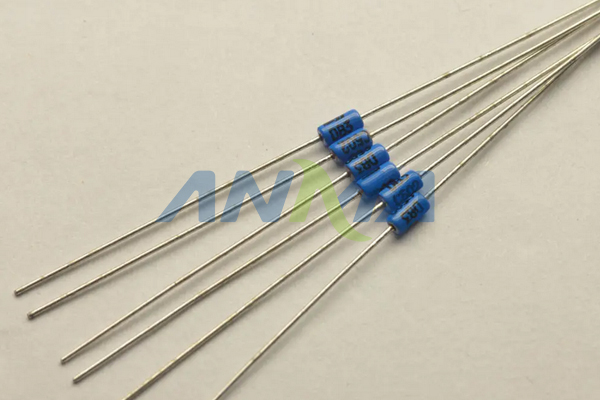 +86 18038161406
+86 18038161406
Bi-directional diode science detail
Bidirectional diode, also known as bidirectional conductive diode or bidirectional protection diode, is a special type of diode with bidirectional conductivity. This component can have the conductive characteristics in both forward and reverse operation, and can effectively protect the equipment in the circuit from overvoltage and other adverse effects.

1. Definition of bi-directional diode
A bi-directional diode is a semiconductor device with a bi-directional conduction characteristic that conducts current at both forward and reverse voltages. It combines the unidirectional conduction characteristics of an ordinary diode with the bidirectional protection characteristics of a bi-directional constant-current diode (Zener diode), and is often used in circuits for current limiting, voltage regulation and over-voltage protection.
2. Structure of bi-directional diode
The structure of the bi-directional diode is similar to an ordinary diode, but its internal structure is designed so that it can conduct current under both forward and reverse voltage conditions. Usually made of silicon material, through the P-N structure to realize the bidirectional conductive function.
3.Bidirectional diode principle of operation
3.1. Forward operation: When a forward voltage is applied, the bi-directional diode behaves as an ordinary diode conduction state, and the current can flow from the positive pole to the negative pole, playing the role of forward conduction.
3.2. Reverse operation: In the case of reverse voltage, the bi-directional diode shows the characteristics of a bi-directional protection diode, when the reverse voltage reaches a certain value, the device will begin to conduct, to protect the circuit from over-voltage damage.
4. Bidirectional diode application areas
4.1. Power management: bi-directional diodes are widely used in power management circuits for voltage regulation, current limitation and overvoltage protection to improve the stability and safety of the circuit.
4.2. Communication equipment: In communication equipment, bi-directional diodes are often used to protect lines, interfaces and other electronic components from damage due to voltage surges, electrostatic discharges and so on.
4.3. Automotive electronics: In automotive electronic systems, bi-directional diodes can be used to protect on-board electronic equipment to prevent equipment failure due to electromagnetic interference, overvoltage and other factors.
4.4. Industrial control: In industrial automation and control systems, bi-directional diodes are widely used to protect PLC, sensors, actuators and other key equipment to ensure system stability and reliability.
5. Advantages and disadvantages of bi-directional diodes
5.1. Advantages
Bidirectional conductivity: able to conduct current under forward and reverse voltage, with bidirectional protection.
Good stability: in a variety of working conditions can maintain more stable characteristics.
Strong overvoltage resistance: can effectively protect the circuit from overvoltage.
5.2. Disadvantages
Higher cost: compared with ordinary diodes, the manufacturing cost of bi-directional diodes is higher.
Restricted choices: Because of their special bi-directional conductivity, bi-directional diodes may not be suitable for some specific applications.








